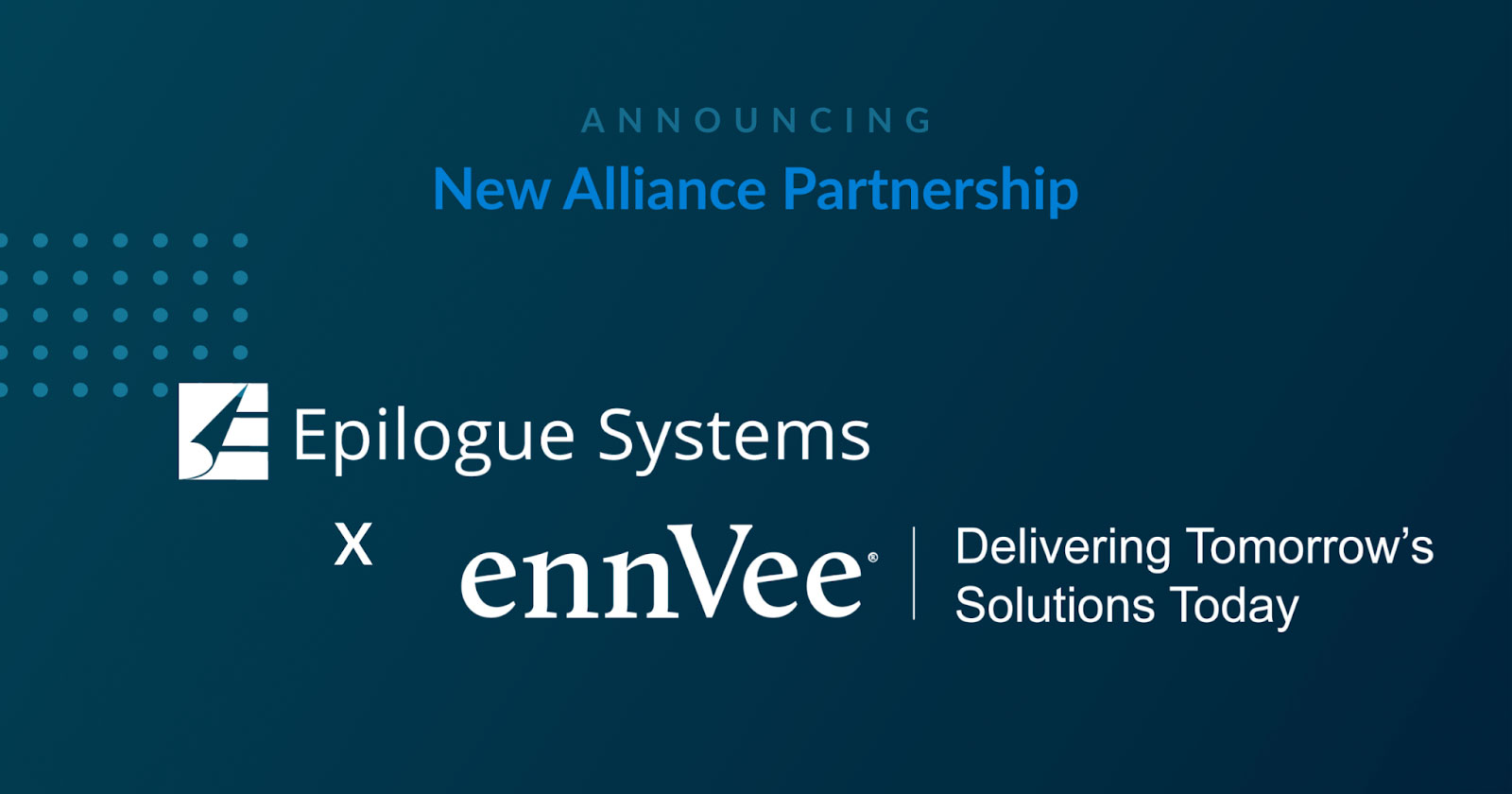Software development is a collection of procedures used to design and produce software. Risks of implementing new software are elements that may have an impact on a project’s success.
Both internal and external factors might provide threats to the software development process. To ensure the success of a project, it is critical to reduce the risks associated with software development.
What are The Risks of Implementing New Software?

The following are the risks that come with implementing new software:
- Problems with the code – Bad code is one of the big challenges of implementing new software. Due to lack of time, among other reasons, projects may have poor code. Coding problems might include bugs, logical mistakes, and more.
- Low productivity – Delays, worker exhaustion, and other issues can all contribute to software development teams’ occasional struggles with productivity. There is a significant chance that productivity may suffer when new software is implemented. This not only poses a risk to the new software’s return on investment, but it may also lower employee morale.
- Budget concerns – As project scopes vary, software development budgets may also fluctuate, but it’s crucial to keep an eye on projects to ensure that they stay within their allocated budgets. To minimize increasing project expenses, make sure to update your project plan and budget anytime modifications are made.
- Poor risk management – To identify and address hazards successfully, software development teams must practice good risk management.
- Scope creep – When a project’s original scope changes entirely, it is said to have experienced scope creep. That’s when software development projects miss their deadlines and take longer than expected, which can be dangerous.
- Issues with stakeholders – Low involvement and unrealistic expectations among stakeholders are only two examples of risks of implementing new software. Effective stakeholder communication is crucial if you want them to comprehend software development projects and cooperate with your team.
- Data reliability – Most frequently, the migration of data from an existing system to the new one is necessary for your software installation. You will run the risk of losing valuable client data if you don’t maintain a tight watch on data integrity during the move. Data transmission of data may result in information loss or misunderstanding, which might expose and harm the information.
What are The Common Reasons?
There are many potential problems with system implementations, and here are why:
Lack of expertise on the part of your project team
The duty of leaders is to have a thorough understanding of a business model, including what it is, how it operates, and how efficient it is. Then, they must introduce and use technology, motivate everyone to embrace them, and try to alleviate any problems that may arise.
Your staff’ lack of awareness
Employees who are content with the current system and do not want to learn new procedures may be resistant to the implementation of new software. That is one of the main reasons for the risks of implementing new software.
Absence of assistance from the supplier
The vendor providing the software should be viewed as a partner in the project, in addition to being required by contract to supervise the installation. A smooth transfer will be made possible by their on-site knowledge.

Insufficient software training resources
One of the key considerations when adopting new software should be training. After all, what good is having it if staff members can’t utilize it? Employees must comprehend both the potential benefits of the program and how to use it to their advantage every day.
Misplaced expectations
Several internal stakeholders, including project managers, team leaders, product managers, digital adoption specialists, and subject matter experts, will be a part of your project team. The project team, which consists of customer success managers, designers, and developers, will collaborate closely with the vendor.
The devil is in the details
A new software platform’s implementation is a significant effort that needs careful preparation to ensure successful completion. If your planning is successful, your team should be well prepared, the software should adhere to the necessary rules, and realistic expectations should have been established.
How to Avoid The Common Risks of Implementing New Software?
The following are some suggestions that can help you avoid the typical dangers that come with installing new software:
Prepare the project team
The project team must be in agreement with the general objectives, procedures, and schedule. To build the implementation strategy, the team members must collaborate and be ready to represent the interests of their respective teams or departments.
Depending on the scope of the roll-out, establishing how much on-premise assistance the vendor will have to offer during the initial days and weeks is a part of planning for the actual roll-out.

Creating a framework for recognizing and addressing typical user issues is another duty of the project team. This can involve establishing new lines of communication between the project team and the users as well as utilizing a tool that offers analytics on user involvement and task fulfillment.
Make employee training schedule
There are two aspects to the project team’s job. Firstly, to convey the benefits of the new software, and secondly, to create a successful onboarding strategy. This should contain a method for instructing staff members on how to accomplish fundamental tasks and use features confidently.
It could be advantageous to select “super-users” who are available to respond to queries and assist in problem-solving. Employee education on new features and workflows must continue after initial onboarding.
It is essential to thoroughly train the workers on the changes and risks of implementing new software. Set aside some time before the implementation to demonstrate the advantages of the new program to them. Explain the need for it in their daily lives and how it will increase their productivity and the caliber of their job.
In this manner, they will accept the new program rather than reject it when it comes time for them to begin learning how to utilize it.
Get help from the supplier

Maintaining open lines of contact helps lessen the perception that the vendor leaves after the initial roll-out. The vendor’s customer service representative and development team should be accessible to respond to particular inquiries, offer knowledge and assistance as required, and collaborate with your IT department to swiftly fix any difficulties.
An excellent starting step is to get along well with your customer care person. Working together to resolve problems that arise along the road will be a lot simpler and less stressful if you establish a pleasant connection.
To Conclude,
A well-defined plan is the first step to overcoming the risks of implementing new software and getting a successful execution. This entails knowing what the software can actually offer, properly assembling your project team, foreseeing employee demands, and other things.
The more prepared you are, the less of a danger typical software implementation issues will be. Don’t hesitate to contact us if you need more support from us!





